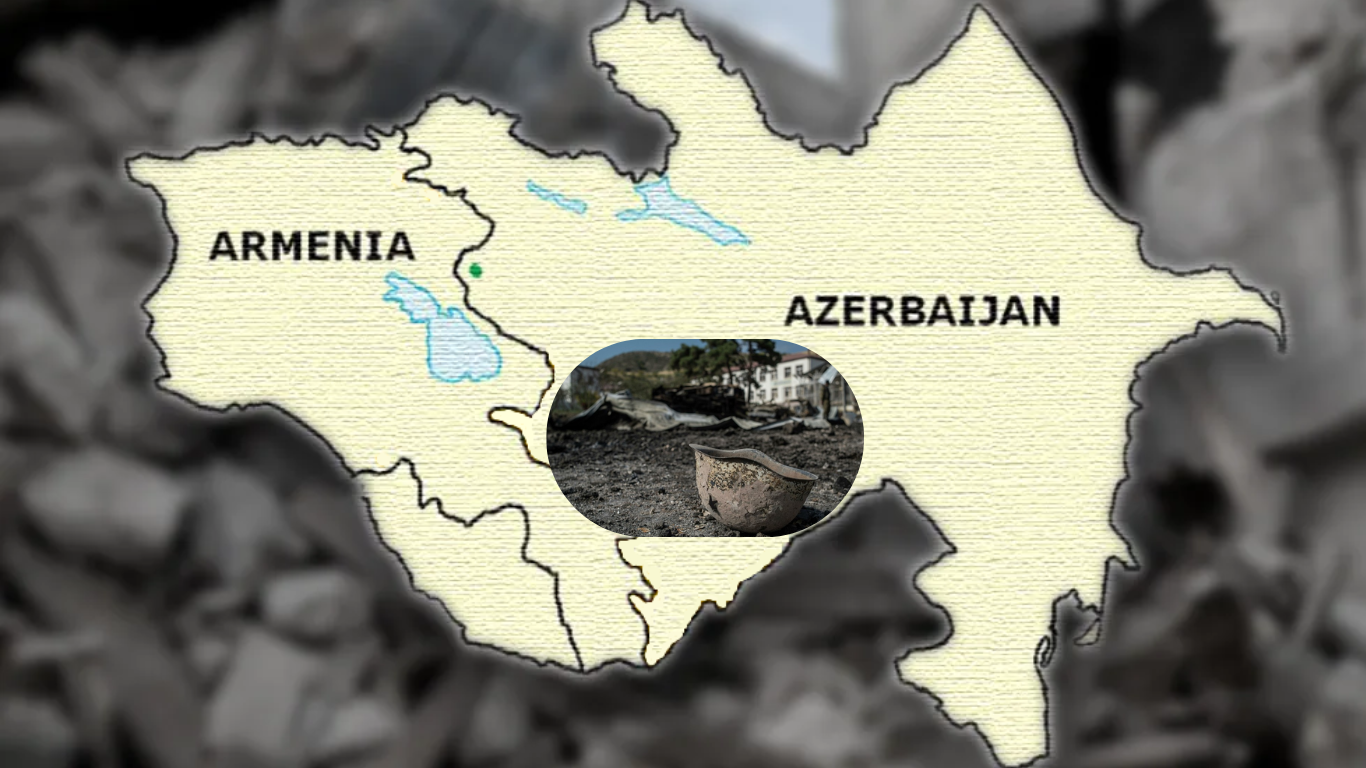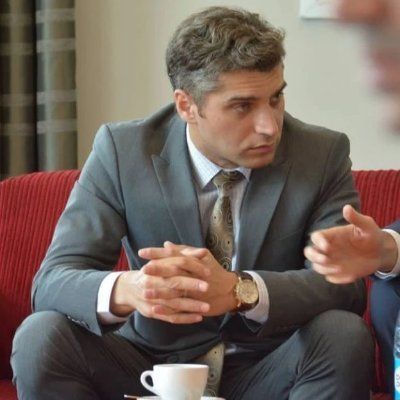Postwar purge: Armenia's military haunted by its own crimes

The Second Garabagh War, known in the region as the 44-Day War, left an indelible mark not only on the South Caucasus but on the broader architecture of modern warfare. What set this conflict apart was not merely the scale of destruction or the speed of Azerbaijan’s military advance. It was the exposure of a deeply fractured and, at times, grotesquely dysfunctional Armenian military machine, fortified over three decades of occupation yet hollowed from within by mismanagement, internal betrayal, and moral decay.
The Armenian armed forces, long entrenched in illegally occupied Azerbaijani territories, had built extensive fortifications and hidden bunkers with the benefit of terrain familiarity. Yet these tactical advantages proved insufficient when the war's tide turned. The declared objective of the Azerbaijani campaign was the liberation of its internationally recognised lands. However, the deeper significance lay in countering systematic provocations and disinformation from Yerevan.
While Azerbaijan's military operation was executed with strategic coherence, the Armenian army crumbled under its own disunity. As the frontlines shifted and the scale of collapse became evident, disturbing discoveries followed: soldiers handcuffed inside military vehicles, corpses of conscripts found chained in remote bunkers, and evidence of systematic abuse and fear-based discipline within Armenian units.
These scenes, as surreal as they were tragic, hinted at a military institution in crisis. Morale had collapsed. Many Armenian soldiers reportedly asked themselves, "Where are we, and why are we fighting?"—a damning question in a war that demanded clarity of mission and unity of command.
The defeat Armenia suffered in 2020 was twofold: a loss of territory and a collapse of the myth of invincibility. While territorial losses could theoretically be reversed over time, the structural rot inside Armenia’s military command left little room for redemption. Decision-making was erratic. Field commanders often operated without coordination from central command, issuing ill-conceived orders that placed their own troops in peril.
Five years later, the Armenian government appears to be reckoning, belatedly, with the consequences. In recent months, a number of criminal investigations have been launched into military commanders accused of dereliction of duty during the war. Leaked documents and reports circulating on Armenian social media suggest that arrests have already begun.
In one case, the Investigative Committee found that Colonel A.O., commander of an undisclosed unit, had grossly neglected his duties from October 6–7, 2020. He failed to execute a critical order to regain lost ground near the Lyalya-Ilyagi (Leletepe) heights, allegedly violating the basic procedures for military engagement. What followed was a disastrous counter-offensive that added to Armenia’s already mounting losses.
The full scale of mismanagement and disarray during the 44-day war remains under investigation. But one fact is no longer disputed: Armenia lost not only thousands of soldiers but also billions of dollars in military hardware. According to research compiled by the Economic Research Institute, Armenia’s destroyed and captured military equipment is estimated to have cost over $4 billion.
The Azerbaijani Armed Forces, under the command of President Ilham Aliyev, have since catalogued and publicly displayed the breadth of Armenia’s losses. Among the destroyed or seized equipment were:
-
287 tanks,
-
97 Grad multiple rocket launchers,
-
53 anti-tank weapons,
-
5 Su-25 fighter jets,
-
5 Elbrus tactical missile systems,
-
5 TOR air defense systems,
-
40 OSA air defense systems,
-
315 artillery pieces,
-
69 infantry fighting vehicles,
-
and hundreds of mortars, drones, and electronic warfare systems.
Many of these trophies are now showcased at Azerbaijan’s Military Trophy Park in Baku, symbols not only of a military victory but of a failed ideology of occupation.
Over 5,000 Armenian soldiers perished in the war. According to military analysts, many of those lives could have been spared had there been even a minimal level of competence, discipline, and strategic coordination within Armenia’s ranks. Instead, the Armenian forces were overwhelmed by an adversary that had adapted to 21st-century warfare and executed a rapid, intelligence-driven campaign.
What emerges from this analysis is a sobering conclusion: the war was not just lost on the battlefield but in the decisions, or lack thereof, made in Armenia’s command centres. Even as peace remains on the agenda, the continued militarisation of Armenian society and the obsession with revisiting defeat through investigations and rearmament could jeopardise fragile diplomatic overtures.
Today, Armenia is grappling with the tragic consequences of a war it launched and lost. Its leadership appears torn between the realities of peace and the ghosts of a war doctrine that led the country to disaster. The future of the South Caucasus may depend on whether Yerevan chooses accountability and reconciliation, or relapses into denial and militarised nostalgia.
Here we are to serve you with news right now. It does not cost much, but worth your attention.
Choose to support open, independent, quality journalism and subscribe on a monthly basis.
By subscribing to our online newspaper, you can have full digital access to all news, analysis, and much more.
You can also follow AzerNEWS on Twitter @AzerNewsAz or Facebook @AzerNewsNewspaper
Thank you!

